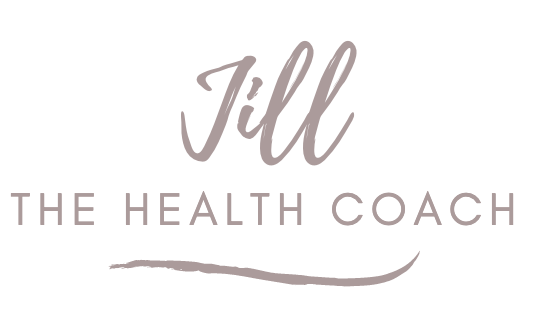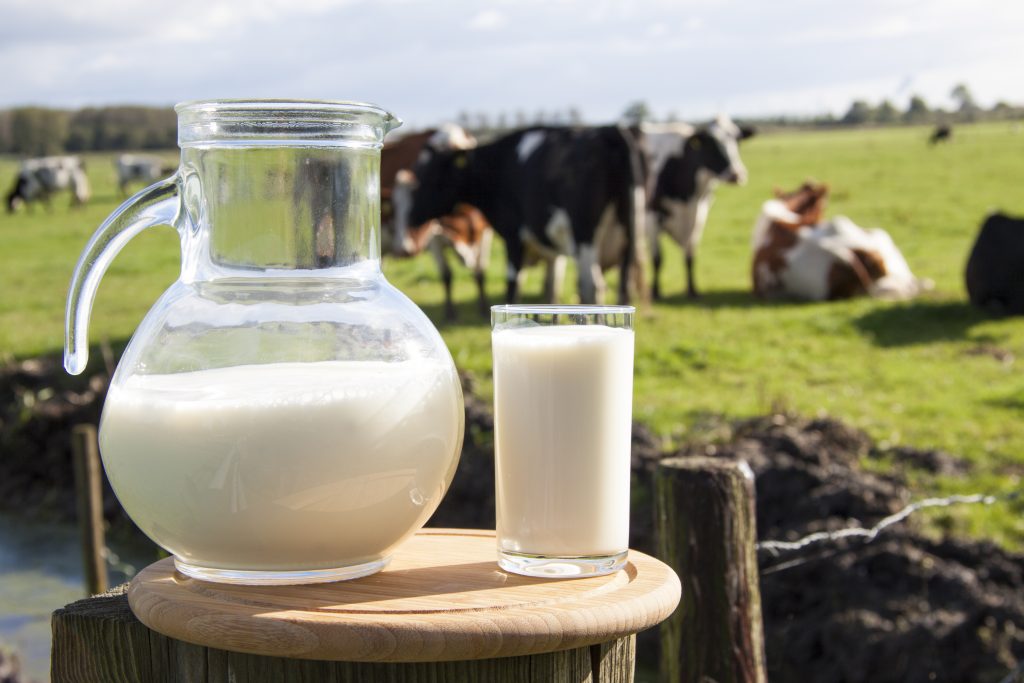I grew up on milk like most of us. My favorite was dipping Oreos or chocolate chip cookies in it. Yum. However, when I became a mom, I became more interested about the food I was feeding my children. First, I started reading food labels. I thought it was weird that regular pasteurized milk was “fortified” with vitamins A, D and B, to name a few. It didn’t make sense to me that if milk was so good for you naturally, why would we have to add these vitamins back in to it.
I then learned that most dairy farms inject their cows with all sorts of hormones and antibiotics to “protect us” from disease. However, aren’t we then consuming all of those same hormones and antibiotics through the milk? I also learned that most cows didn’t even roam the pastures munching on grass as I pictured. They are locked in stalls and milked unnaturally for hours on end with pipelines. To top it off, their source of food is mostly GMO (Genetically Modified) corn and grains. Wait, don’t cows naturally eat grass?
Well, my next step was to naturally switch to organic milk. At least, that is the safest. Right? However, I noticed the expiration dates on the milk. Those seemed to last longer than the regular milk. Now, I’m no brain surgeon, but if organic milk was more natural, wouldn’t it make sense that it would then spoil sooner than regular milk?
It turns out that all milk, whether organic or not, is pasteurized. This is supposed to protect us. It turns out that the practice of pasteurization, the heating of milk to kill germs, was instituted in the 1920s to combat TB, infant diarrhea, undulant fever and other diseases caused by poor animal nutrition and dirty production methods.
We’ve come a long way since the 1920s. Dairy farmers now use modern stainless steel tanks, milking machines, refrigerated trucks and inspection methods which make pasteurization completely unnecessary for public consumption.
In fact, the renowned Sally Fallon of the Weston Price Foundation states, “Pasteurization destroys enzymes, diminishes vitamin content, denatures fragile milk proteins, destroys vitamin B12 and B6, kills beneficial bacteria, promotes pathogens and is associated with allergies, increased tooth decay, colic in infants, growth problems in children, osteoporosis, arthritis, heart disease and cancer.”
Yikes! Even calves fed pasteurized milk die before maturity! I became pretty grossed out at all I learned and decided to cut out milk and much dairy for years for our family. People would ask me about calcium, but the truth is that there is more calcium in a serving of broccoli and other greens than a serving of “fortified” milk.
A few months ago, however, I was introduced to raw milk. I really had no desire to even try it as I was still leery with what I had learned about regular milk. However, I looked at what Sally Fallon said (above) about pasteurized milk and realized the opposite is true of unpasteurized or raw milk from grass-fed, free range and hormone free cows.
After researching, I found that raw milk is truly one of the most profoundly healthy foods you can consume. It is full of protein, vitamins, beneficial bacteria and enzymes and it is also healing. Healing? Well, seeing is believing. My daughter, Rachel, has an autoimmune disease. She is in remission but suffers from nausea once in a great while. During one bout, she had a glass of raw milk and the nausea disappeared immediately. It happened on another day and worked again. She said it worked like nothing else.
The bonus is that it tastes delicious and our family are now big fans. I invite you to check out Real Milk.com for more info on raw milk, its safety record and how to get it (believe it or not, raw milk is illegal in some states including my own, NJ)
Got Raw Milk?

CHHC, HHC, CNHP,
Digestive Health Specialist

